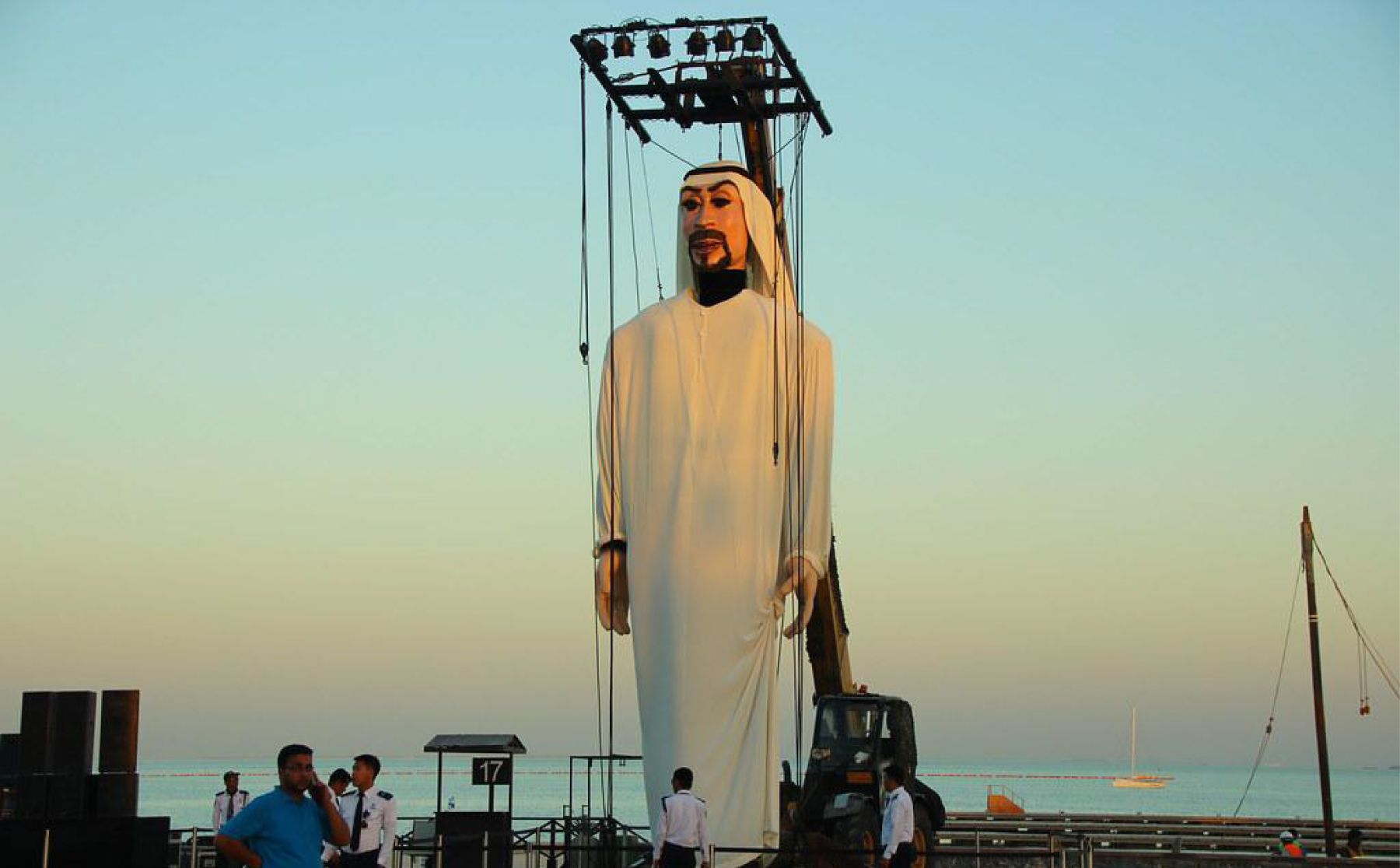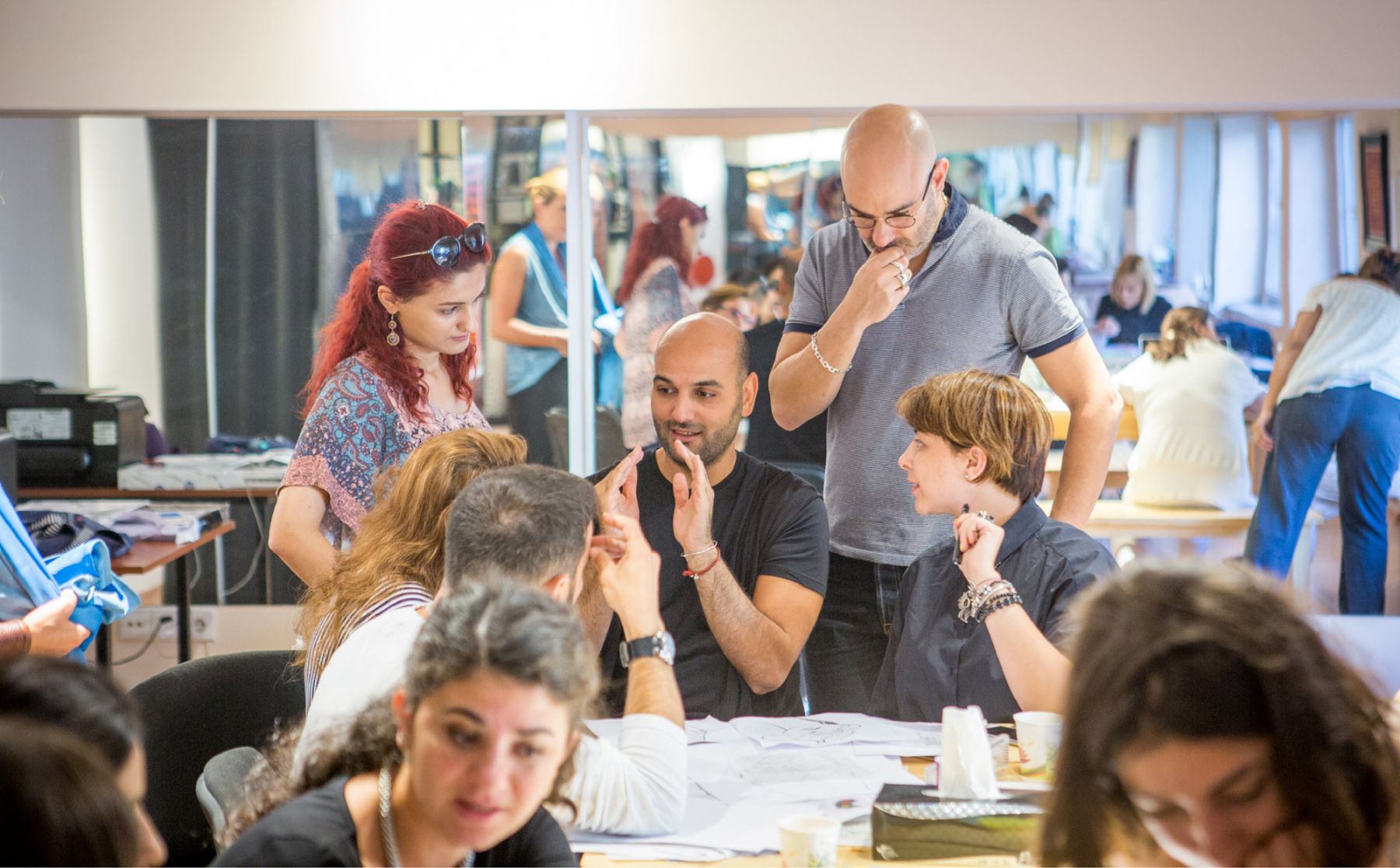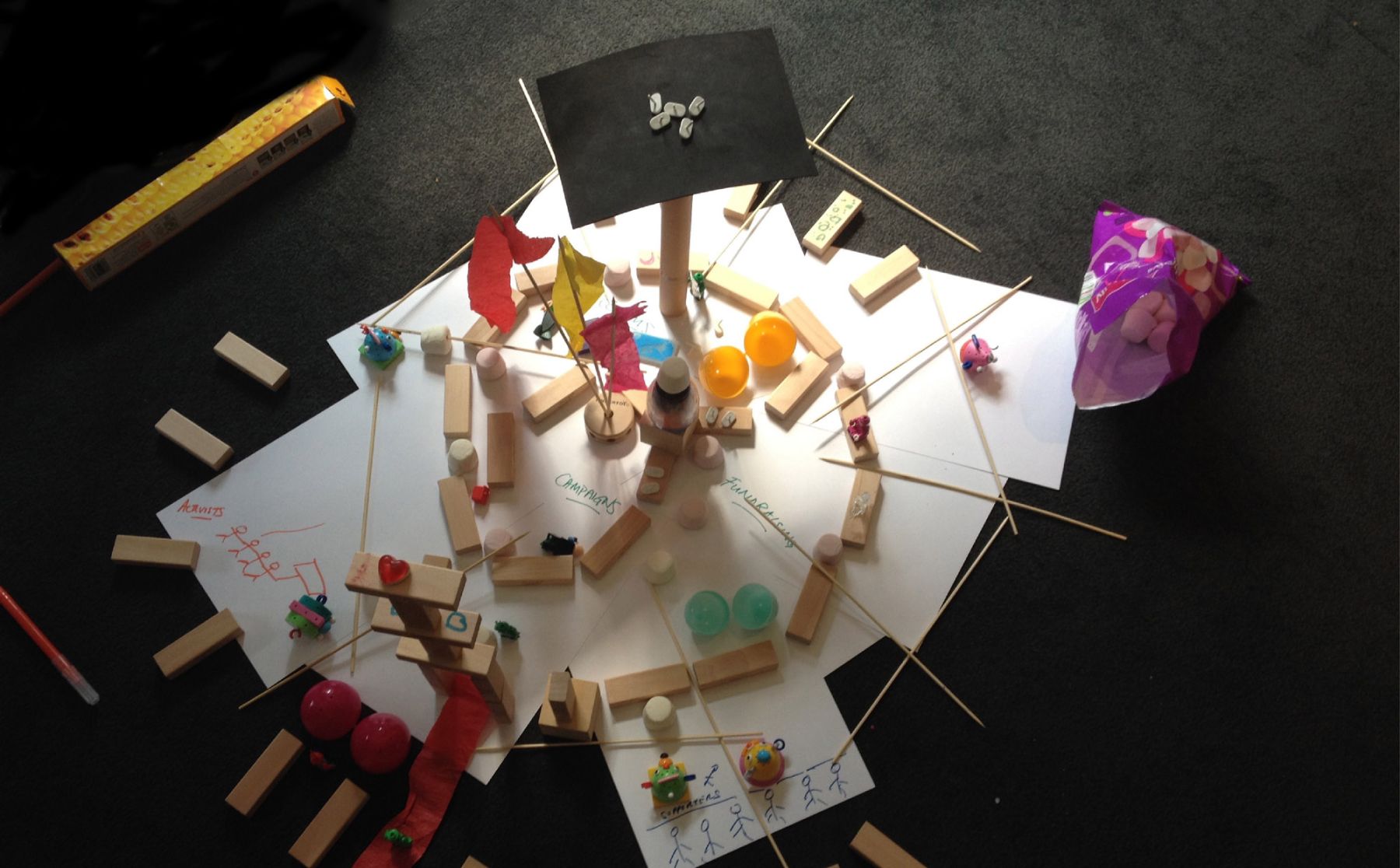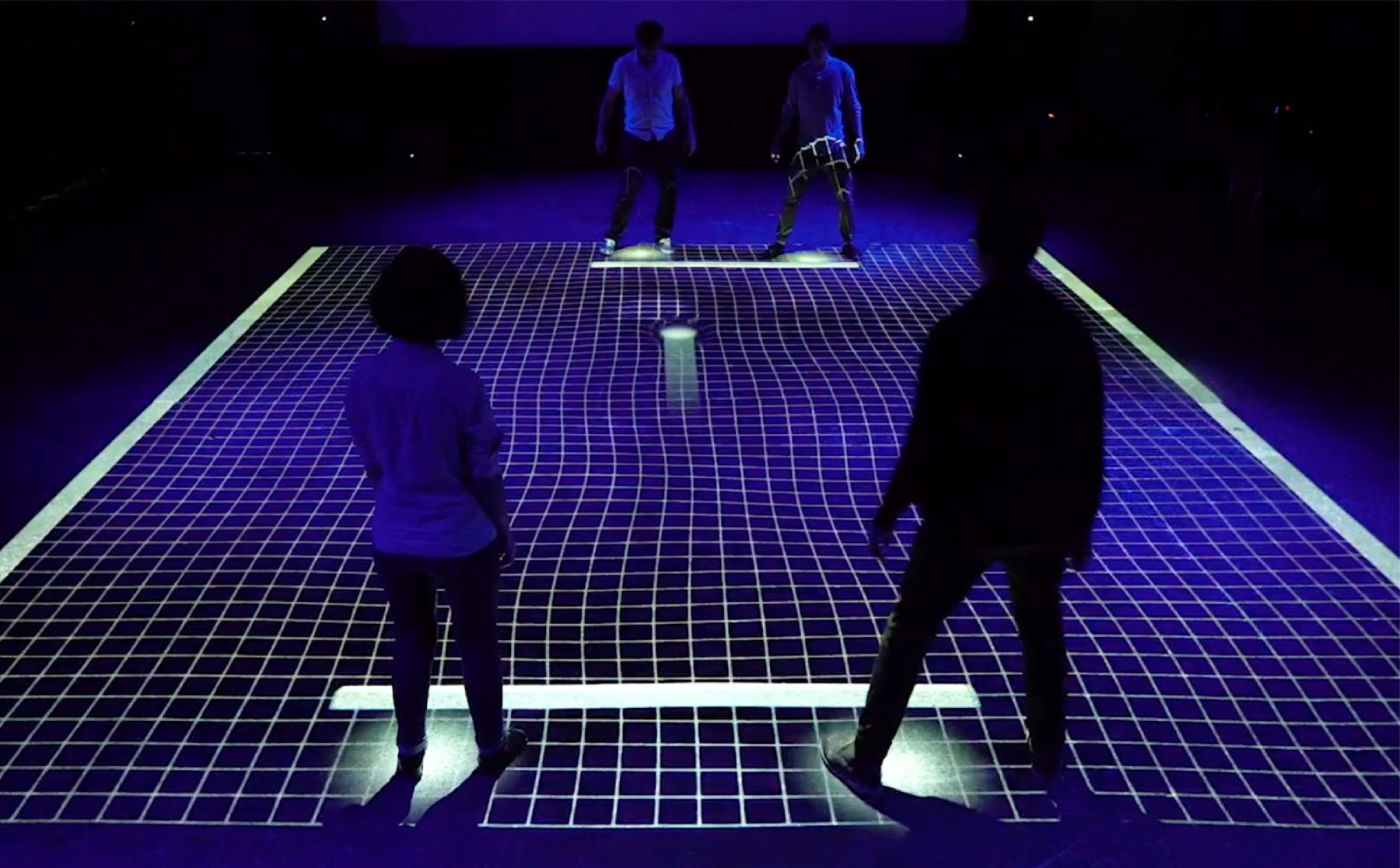We are closed and will open at 09:00 pm
By Zahra Shikara, Ithra
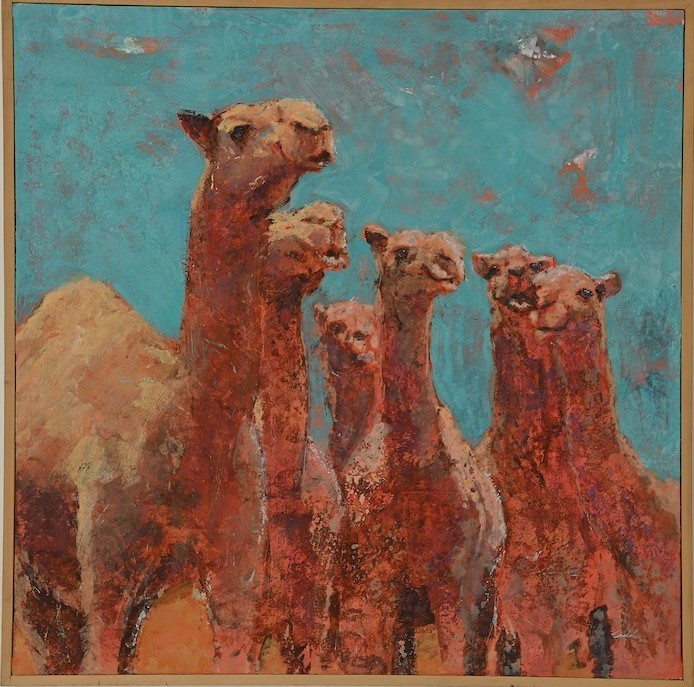
Saleh AL SHAHRY, Alzoud (‘Group’) 2014, Acrylic on mixed media, Layan Collection
This is a special year for camels. The United Nations’ FAO has marked 2024 as the International Year of Camelid while UNESCO has included the "Camel Song" on its Representative List of Intangible Cultural Heritage. Locally, the Saudi Ministry of Culture has designated 2024 as the Year of the Camel in celebration of camels as an icon of Saudi and Arab culture. This is further reinforced by the growing influence of Saudi Arabia in global discussions on culture, food security and environmental sustainability. By shining a spotlight on the camel sector and efforts to develop it, Saudi Arabia seeks to elevate the cultural, historical, geographic, social, economic, and global significance of camels.
Camel traditions in Saudi Arabia are deeply embedded in the cultural and historic fabric of the country and were essential to the general livelihoods of people. These traditions span various aspects of life, including literature, language, transportation, textiles, trade, diet, sport, crafts, and social customs. In pre-Islamic Arabia, they had an almost sacred status and were the subjects of an extensive body of poetry.
Historically, camels were vital to the Bedouin way of life, providing transport, food (milk and meat), and materials (leather and camel hair for textiles). They were known as "ships of the desert" because of their ability to travel long distances across the harsh desert environment. Thus, they played a crucial role in the development of land trade routes, such as the famous Incense Route, enabling the transport of goods across vast regions, connecting towns and villages separated by large swathes of inhospitable desert.

Elena LUKINA Desert, 2017, Oil on canvas, Layan Collection
Saudi Arabia’s long tradition of camel breeding, focusing on traits such as speed, endurance, and perceived beauty has led to different types of collecting and competition such as camel racing and beauty contests. The dromedary is the high-bred race-horse of the camelid species, and characteristics such as how elegant, fine haired, light of step, well-paced, and high-stamina they are affect their value. The Kingdom has established advanced breeding programs to enhance these specific qualities. Although the largest numbers are found in East Africa, there are approximately 600,000 camels in Saudi Arabia today.
A popular historic sport, camel racing has become more regulated in Saudi Arabia and the surrounding GCC countries, with a significant cultural, entertainment and social presence. Races are often held during festivals and special occasions. Racing camels as a sport has also become popular further afield in countries such as Australia and Mongolia. The sport has modernized with the introduction of robotic jockeys, sophisticated training techniques, and high-tech facilities (including indoor training gyms and pools). Major events, such as the King Abdulaziz Camel Festival, attract participants and spectators from around the world.

Queen Elizabeth II watches Camel Racing in Saudi Arabia. Queen's 1979 Tour of the Gulf. Royal Collection Trust
Camel meat is available in the Kingdom, but is usually only served on special occasions. In 1978, the royal palace in Riyadh acquired an automatic camel milking plant in a bid to make camel milk more viable commercially. Camel milk is a staple in Saudi Arabian cuisine, known for its nutritional benefits: it’s low in fat and high in vitamin C, but spoils easily. It’s also used in various traditional dishes and as a remedy for certain ailments.
Endearingly, camel beauty pageants are a well-established tradition in Saudi Arabia, where camels are judged based on specific aesthetic criteria, including the shape of their humps, their heads, and their overall appearance. These contests are often part of larger cultural festivals and serve as a way to preserve and celebrate traditional values and practices.
Camels remain a symbol of Saudi Arabia's heritage and resilience. They are often featured in art, poetry, and folklore, representing the country's historical connection to the desert and play a key role in various cultural festivals, such as the Al Janadriyah Festival, where they are showcased in races and parades, and exhibitions such as “The Camel Through the Ages,” part of Ithra’s celebration of the Year of the Camel. Ithra has also produced two films: Hajjan, a commercial feature film where a camel plays a central character, and Hadi Al Eis, a documentary about the relationship between nomadic man and camel.
To learn more about camels, and to see their representation in visual arts, please visit “The Camel Through the Ages” exhibition in Ithra Museums gallery 2 now open until end of November 2024.


